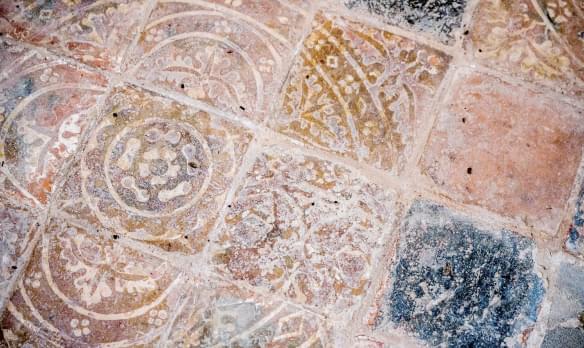
Our Lady of Lourdes
Steelstown, County Derry | BT48 8EU
Steeltsown's simple symbolic tented form blends into its sub urban landscape, the western hemlock timber sheeting to the interior gives it a warmth.
Search for a fascinating place to visit, or see the variety of churches, chapels and meeting houses we have supported.

Steelstown, County Derry | BT48 8EU
Steeltsown's simple symbolic tented form blends into its sub urban landscape, the western hemlock timber sheeting to the interior gives it a warmth.

Steeple Morden, Cambridgeshire | SG8 0NJ
The church was rebuilt in the early 13th century, giving the village its present name, and consisting of an aisled nave, a central tower, and a chancel.
We have supported this church
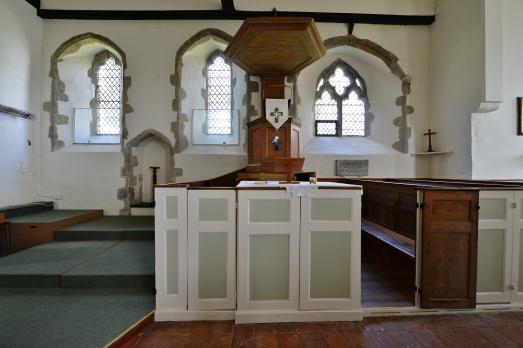
Stelling Minnis, Kent | CT4 5PT
Ancient yew trees, medieval bells, and a rare Georgian interior weave together 1,500 years of history, faith, and community waiting to be discovered in rural Kent.
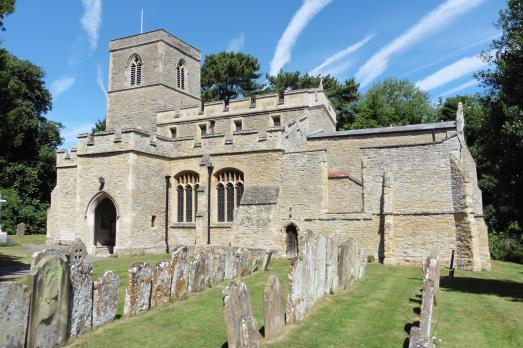
Stevington, Bedfordshire | MK43 7QB
St Mary's has a timeless sense of place and simple piety and welcomes and opens its doors to all who visit and, overlooking the River Great Ouse, it is a beautiful spot for any visitor with its churchyard a wildlife haven of biodiversity.
We have supported this church
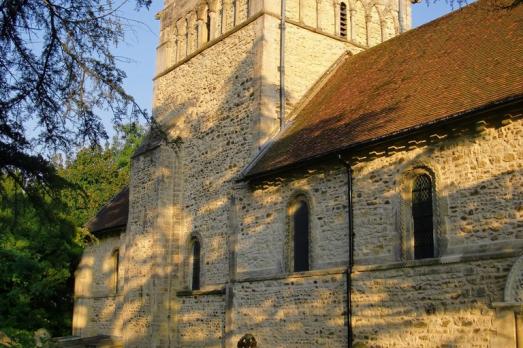
Stewkley, Buckinghamshire | LU7 0HH
St Michael's is one of the best preserved Norman parish churches in England, built around 1150-80.
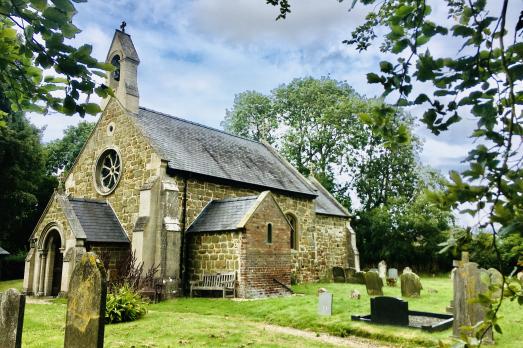
Stewton, Lincolnshire | LN11 8SF
St Andrew’s has gained international fame when it was chosen by Hornby, the model train makers, to be the church for their model village of Skeldale.
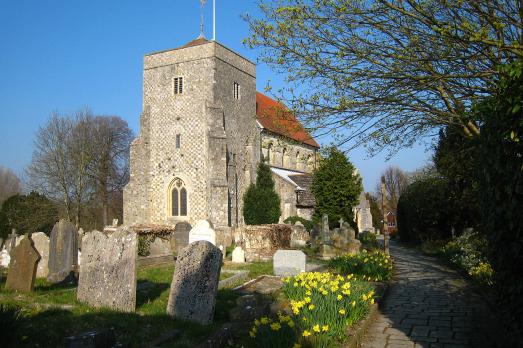
Steyning, Sussex | BN44 3YQ
Steyning is now some five miles inland, but it was once busy with seagoing vessels, which moored in an inlet known as St Cuthman's Port.
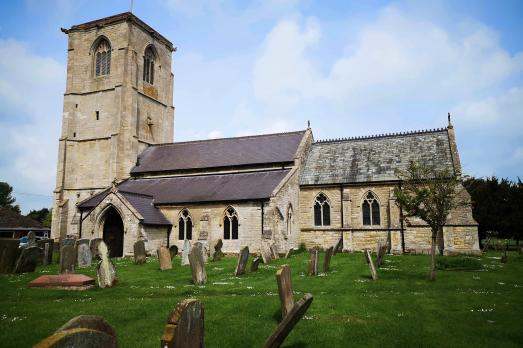
Stickford, Lincolnshire | PE22 8EP
Medieval graffiti, unique medieval poppy heads, a medieval bell, all in a small village church which is well worth a visit.
We have supported this church

Stickney, Lincolnshire | PE22 8AY
St Luke’s most outstanding features are the beautiful stained glass windows and the memorial to Mary Jane Lovell, who went to Palestine in 1892 and founded the Lovell Society for the Blind.
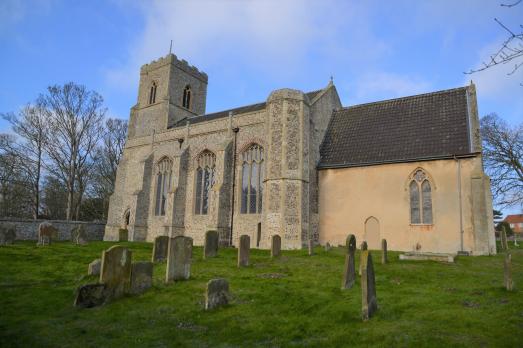
Stiffkey, Norfolk | NR23 1QJ
The church has a history which goes back over 900 years and there is a suggestion that it occupies a burial mound from the pre Christian era. This is a holy place where generations of worshippers have felt drawn to God.
We have supported this church
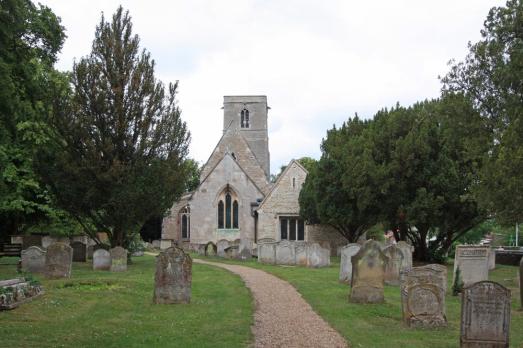
Stilton, Cambridgeshire | PE7 3RF
Stilton has always been an important place geographically, situated at the side of a major Roman road, Ermine Street, and the area around Stilton and Folksworth was also the site of a major Prisoner of War Camp from Napoleonic times.

Stinchcombe, Gloucestershire | GL11 6BE
Visit St Cyr's on the edge of the Cotswold Escarpment, nestled below Stinchcombe Hill, a beautiful church with stunning stained glass windows, recently reordered to be more accessible.
We have supported this church